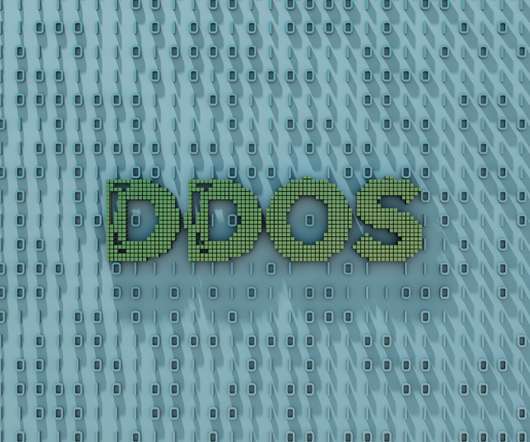Massive increase in XorDDoS Linux malware in last six months
Malwarebytes
MAY 25, 2022
XorDDoS, a Linux Trojan known for its modularity and stealth, was first discovered in 2014 by the white hat research group, MalwareMustDie (MMD). Security IoT devices. If you have an IoT device at home, know there are ways to secure it. If you plan to get an IoT device soon, buy from a well-known brand. Stay safe!





















Let's personalize your content